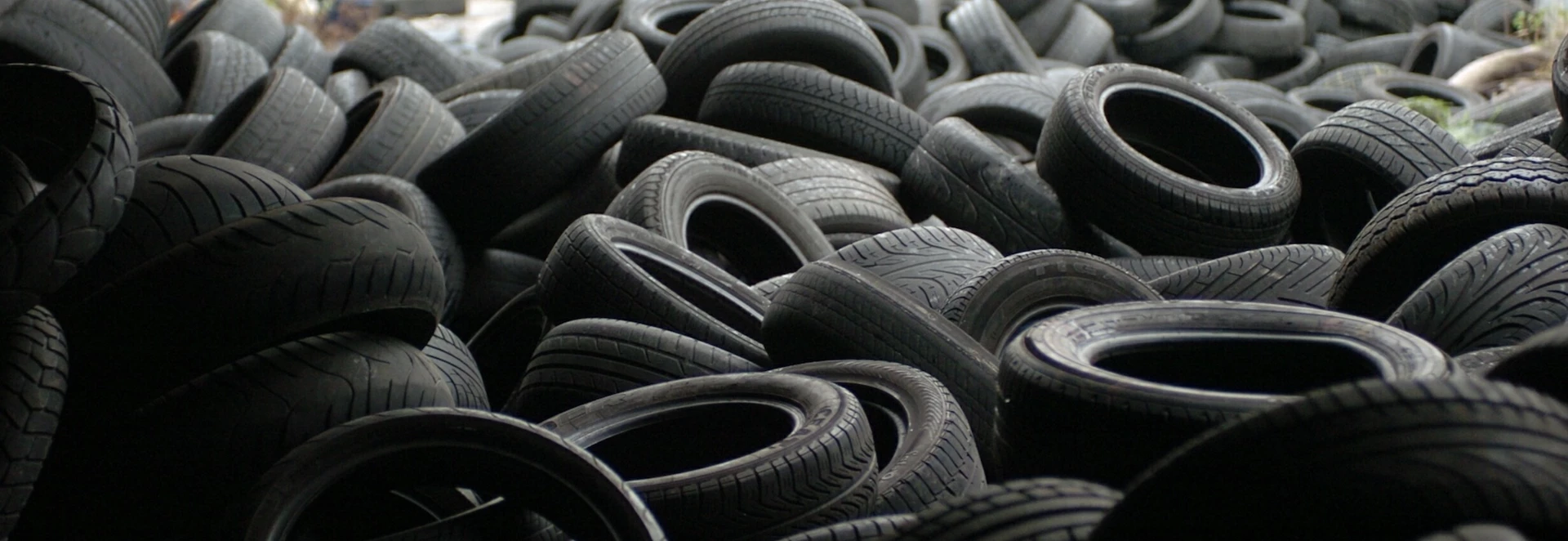Although you may think tyres are simply the bits of rubber that keep your car on the road, they can actually be very high-tech pieces of kit.
There are many types of tyres you can fit to your car, with some being suited to certain conditions more than others. So here is a brief guide to car tyres and which ones are best for you.
Tyre Types
Cross-climate: These tyres are the most adaptable on the market as they come with a rubber compound that reacts well in warm and cold conditions. The tread of these tyres also cross over between winter and summer designs, with the deeper grooves and knobbly sections suiting colder climates, while the simpler layout with larger sections suit the summery temperatures.
Summer: With a more simplistic design, these are likely to be useful in the UK for most of the time. The structure on the surface helps provide grip and stability in both dry and wet conditions and they work best in temperatures above freezing. With straight central grooves and angled outer sections, it offers the best overall performance on British roads thanks to its softer compound.
Winter: For sub-zero temperatures and slippery surfaces, these tyres are the better option. With a different chemical make-up, they are able to maintain their softness and hold grip in colder environments. The tread pattern is broken up with more grooves and sections to displace more water and snow, as well as help with traction on ice.
Part-worn: Usually taken from cars that are written off or scrapped, these tyres have had a few miles put on them, but are considerably cheaper than brand new tyres. They, however, don’t last as long and the tread on the tyre is usually quite worn compared to a new set.
Run-Flat: These tyres come with a special lining inside the rubber that allows you to run further than normal following a puncture. With special reinforcement on the sidewalls, it supports the car while you go to replace the tyre in a situation where a normal tyre would be too tricky to control. However, due to the advanced structure they can be much more expensive than standard tyres and can, in some circumstances, affect the ride.
Tyres also have speed ratings that states the legal limit for what they are allowed to travel at. We have a guide for that here.
What tyres do I need?
For most UK drivers, summer tyres will do an adequate job as for most of the year the weather allows the tyres to work in their operation window. However, in some countries on the continent it is a legal requirement to have winter tyres as snow and ice are a regular occurrence. If you live in mountainous or high altitude areas, it is worth having a winter set spare in case of inclement conditions.
If you can afford the run flat tyres, they are worth the expense, as in a situation that a puncture occurs they can help you get to a tyre shop or workshop instead of you having to stop the car.




